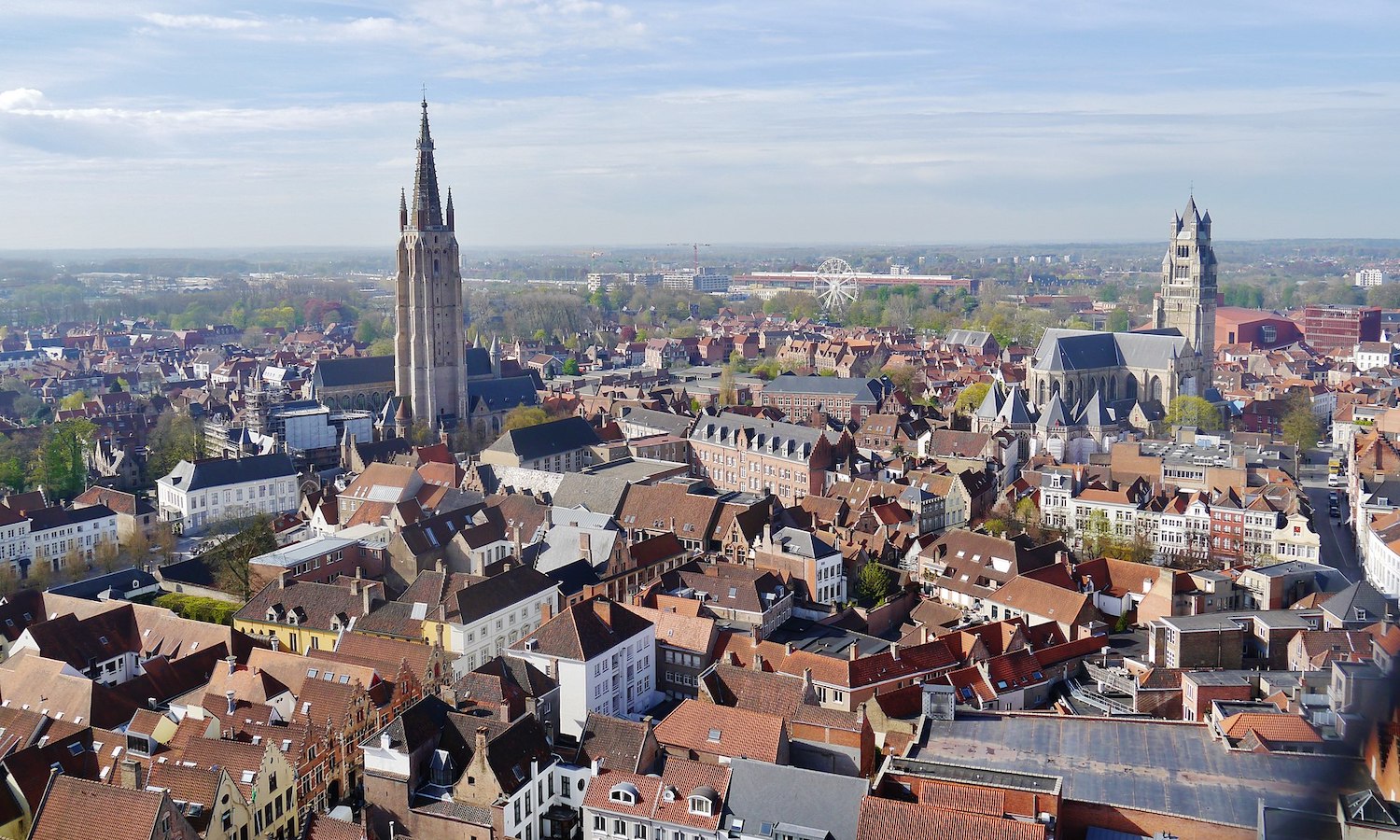As temperature records are shattered, unprecedented weather slams down, and international summits, like next week’s COP28 in Dubai, come and go—it’s easy to feel down about climate change. Especially when it comes to food systems. Governments are still failing to recognize food systems as a critical lever for change—despite food systems pumping out one-third of greenhouse gas emissions, and climate chaos decimating harvests and slowing productivity.
But among the doom and gloom shine beacons of hope. Just take a look at the remarkable cities and regions drawing down carbon emissions and sustainably nourishing communities.
Pioneering local governments are truly transforming food systems in their communities—their pledges go 35 percent above and beyond the emissions cuts committed by national governments. From mega-cities to small towns, local governments are fostering close connections with their residents and putting health and social justice at the heart of their food and climate policies, while protecting vulnerable communities. Often with little recognition.
Industrial agriculture and associated land-use changes are the biggest drivers of food system emissions. But transitioning to sustainable production practices and reducing deforestation could lead to an 18 percent reduction in annual emissions and boost climate resilience. The mega-city of São Paulo, Brazil knows this, and the city’s Connect the Dots program protects forests and farms in nearby rural districts from urban development, trains family farmers in sustainable practices, and finds urban buyers for their fresh organic produce. The program is protecting the Atlantic forest, the most threatened biome in Brazil, and has connected over 2,000 farmers, restaurants, supermarkets, and individual consumers.
Producing food sustainably is critical, but ensuring it will be eaten is equally important. Shifting to sustainable, healthy diets and halving industrial meat production and consumption could slash up to 8 percent off annual emissions while improving health and reducing pressures on land and ecosystems. Yet culture wars rage over veggie burgers and plant-based eating. That hasn’t deterred a number of cities that have been steadily steering their citizens toward more sustainable and healthy diets, beneath the maelstrom: places like Copenhagen, and South Lanarkshire in Scotland.
Tucked away in France, a country known for its meat-heavy food, the town of Mouans-Sartoux has been silently turning the tide. By working with producers, retailers, consumers, and public procurement, the town has succeeded in reducing meat and ultra-processed foods and increasing organic, seasonal, and local food consumption. Nearly 60 percent of its residents have changed their eating habits to eat healthier, more sustainable and plant-based food, resulting in improved health, environmental outcomes, and a 19 percent reduction in carbon emissions.
Sometimes small changes can make a big difference. New York City recently decided to provide plant-based meals as a default in all 11 public hospitals (while still allowing patients to opt in to meat). This racked up a 36 percent reduction in carbon emissions associated with food in the first year—contributing to the city’s commitment to cut food emissions by 33 percent by 2030 across all city agencies, including schools, senior centers, homeless shelters, and even jails.
One-third of our food is lost or wasted, representing up to 50 percent of food system emissions. New evidence shows this trend is worsening. But one city deployed an innovative campaign to empower residents to reduce food waste. Bruges, Belgium launched ‘Food Winners’, a food waste campaign training local ambassadors in buying, cooking and storing food—and motivating their peers to do the same. By 2022, the city reached 5,000 food waste ambassadors and slashed food waste by 55 percent. They made an inspiring manual of best practices for other cities to follow.
Scratch beneath the surface, and there are hundreds more such examples. Local governments are demonstrating the amazing potential of whole food system transformation as a catalyst for effective climate action—while generating a wide range of social, health, economic, and environmental benefits. They are succeeding because they are collaborating across governmental departments; establishing robust planning, monitoring, and evaluation mechanisms; and creating inclusive processes and partnerships. They offer a blueprint for real people-centered climate action.
But their scope for action is limited, swimming against a tide of limited resources, constrained political power, and cost of living crisis. National governments and the whole of COP28 should take inspiration from these climate action heroes, and build on what cities are already doing—supporting local government actions with more funding and scaling them out to other cities and regions. That’s where hope for a cleaner, greener and healthier future lies.
Articles like the one you just read are made possible through the generosity of Food Tank members. Can we please count on you to be part of our growing movement? Become a member today by clicking here.
Photo courtesy of Zairon, Wikimedia Commons











